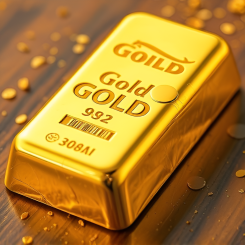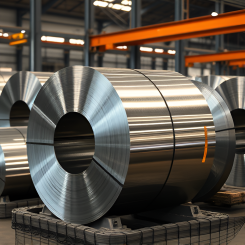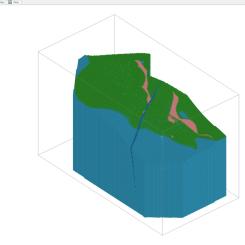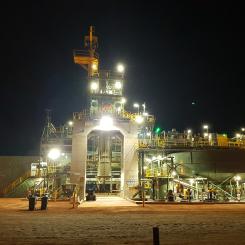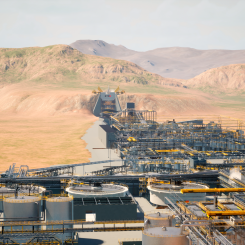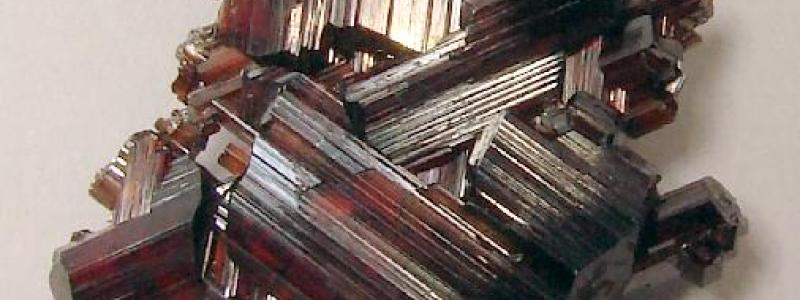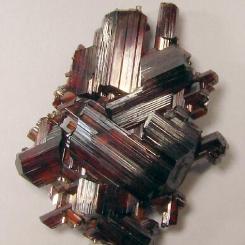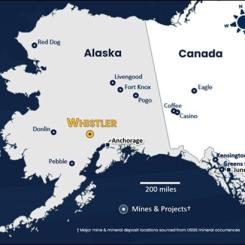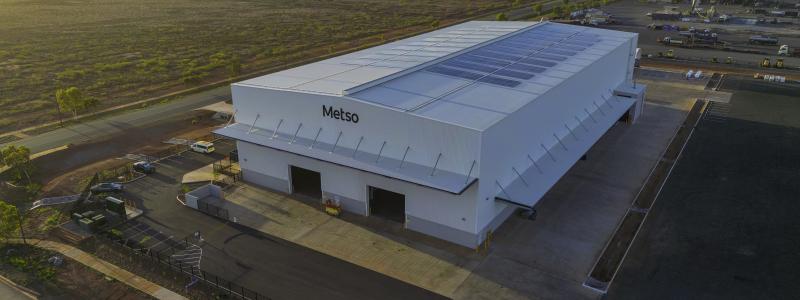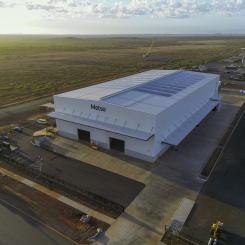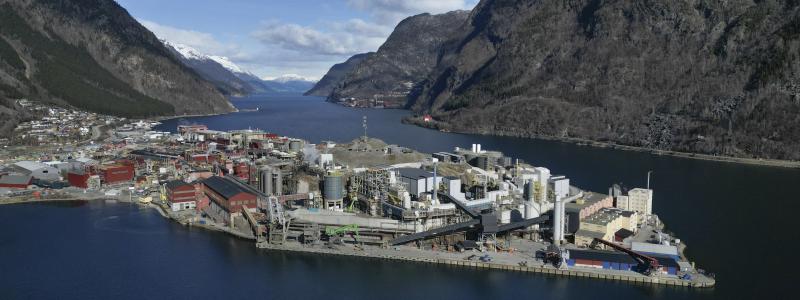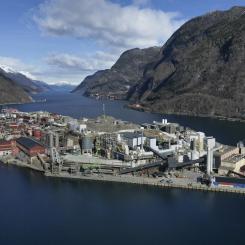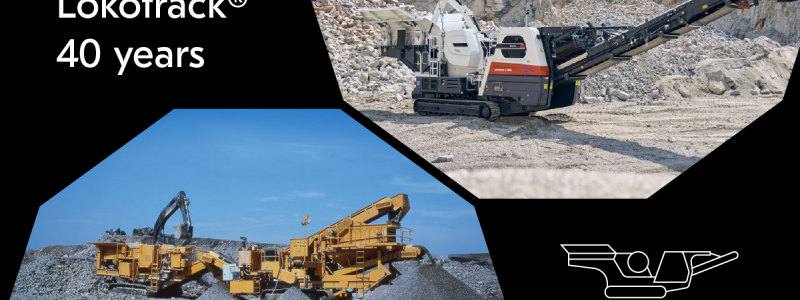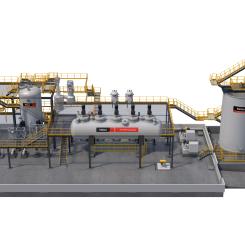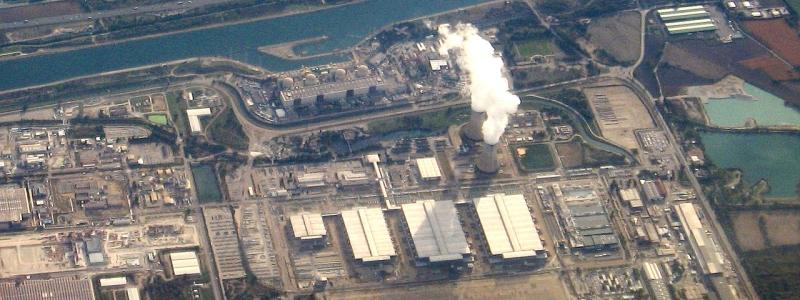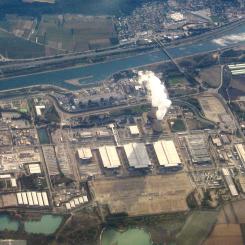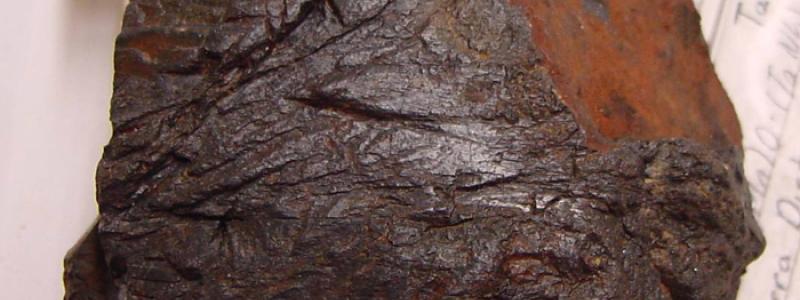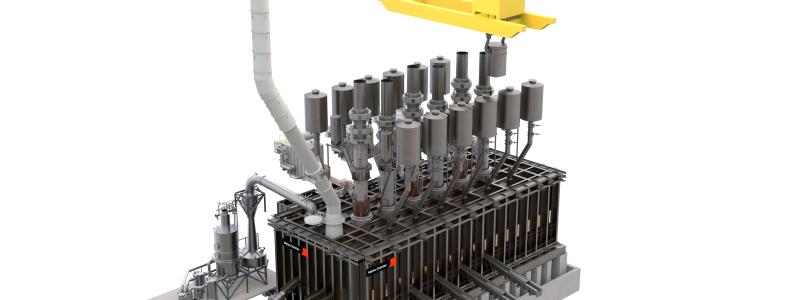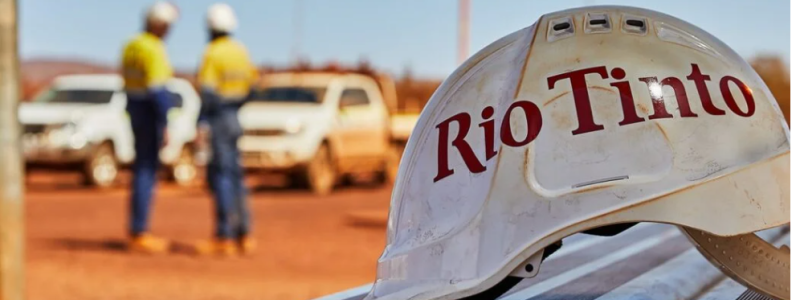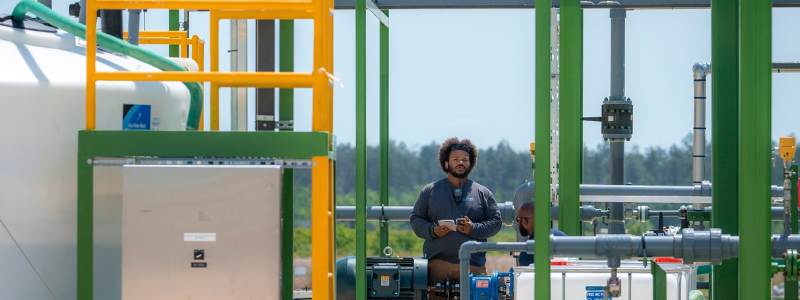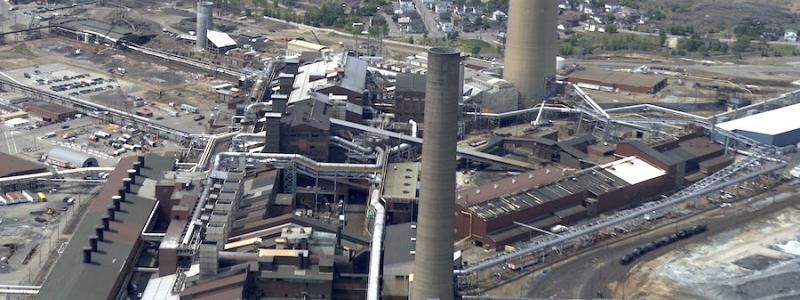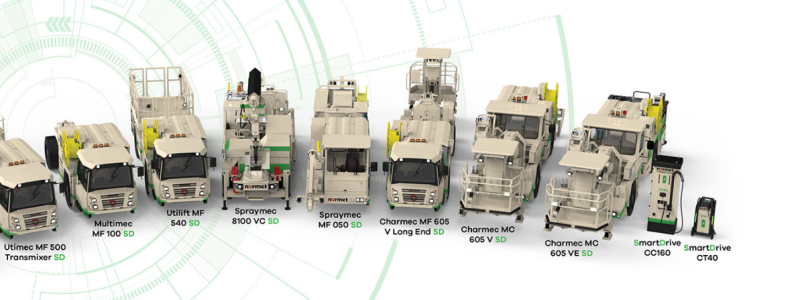Bloomberg announced the launch of the Bloomberg Global Commodity Transition Metals Index (ticker: GCOMTM), further expanding its suite of leading commodity indices. The index aims to track the performance of holding a long position of metal commodities futures contracts spanning industrial, battery, and precious metals.
According to BloomberNEF (BNEF) research, many metals are essential to the technologies being developed to support global energy transition goals. Efforts like renewable energy applications and electric transport use a combination of industrial, battery, and precious metals, including copper, aluminum, nickel, silver, platinum, cobalt, and lithium. The Bloomberg Global Commodity Transition Metals Index will provide market participants with a focused benchmark to track the energy transition and better understand the competing forces impacting metal prices.
Jim Wiederhold, Commodities Indices Product Manager for Bloomberg Index Services Limited, said, "We see greater investor demand for exposure to these metals through investment products alongside efforts to transition to a low-carbon economy and commodities garnering a renewed focus. Portfolio allocations to commodities are increasing from a low base and metals allocations have shown to help with diversification while providing positive contributions to portfolio performance in most economic regimes. This launch represents the latest in Bloomberg's history of index innovation and ability to create benchmarks tracking themes to address current needs and for future markets."
The selected metals are considered to be key to global energy transition from fossil fuels to a low-carbon economy based on data provided from BNEF, Bloomberg's research provider covering global commodity markets and the disruptive technologies driving the transition to a low-carbon economy. The eligible index universe, which initially includes 10 metal commodities across 12 futures contracts, are assessed by BNEF experts on a yearly basis in line with the annual index reconstitution. Constituents are initially weighted according to the underlying trading liquidity of each metal market. Caps and floors are then applied to meet the index criteria for diversification.
Kwasi Ampofo, Head of Metals and Mining at BloombergNEF, said, "The energy transition will continue to drive demand for metals such as copper, cobalt and lithium as the cost of the end-use technologies such as electric vehicles and wind energy keep falling."
















